.jpg)
MIGHTY SOVEREIGNS of OTTOMAN THRONE: SULTAN MEHMED IV the HUNTER
Sultan Mehmed IV was the 19th of the Ottoman sultans and the 84th caliph of the Muslims. He was the youngest sultan to ascend the throne, the second longest-reigning sultan and the third sultan to be dethroned. He was the son of Sultan Ibrahim and Hadice Terhan Haseki. Since he was the first şehzade (prince) to be born in the Ottoman dynasty in a long time, his birth was a cause for celebration.
He took the throne at the age of 7 after his father was dethroned and killed in a military coup in 1648. His mother, a clever woman, assumed the regency. Since the Valide Sultan (mother of the sultan) could not administer the state herself, the civil and military bureaucracy took advantage of the sultan's youth to have a say in the administration. The little sultan wrote down the names of the 70 people who killed his father in a notebook and kept it. When the time came, he avenged his father's death.
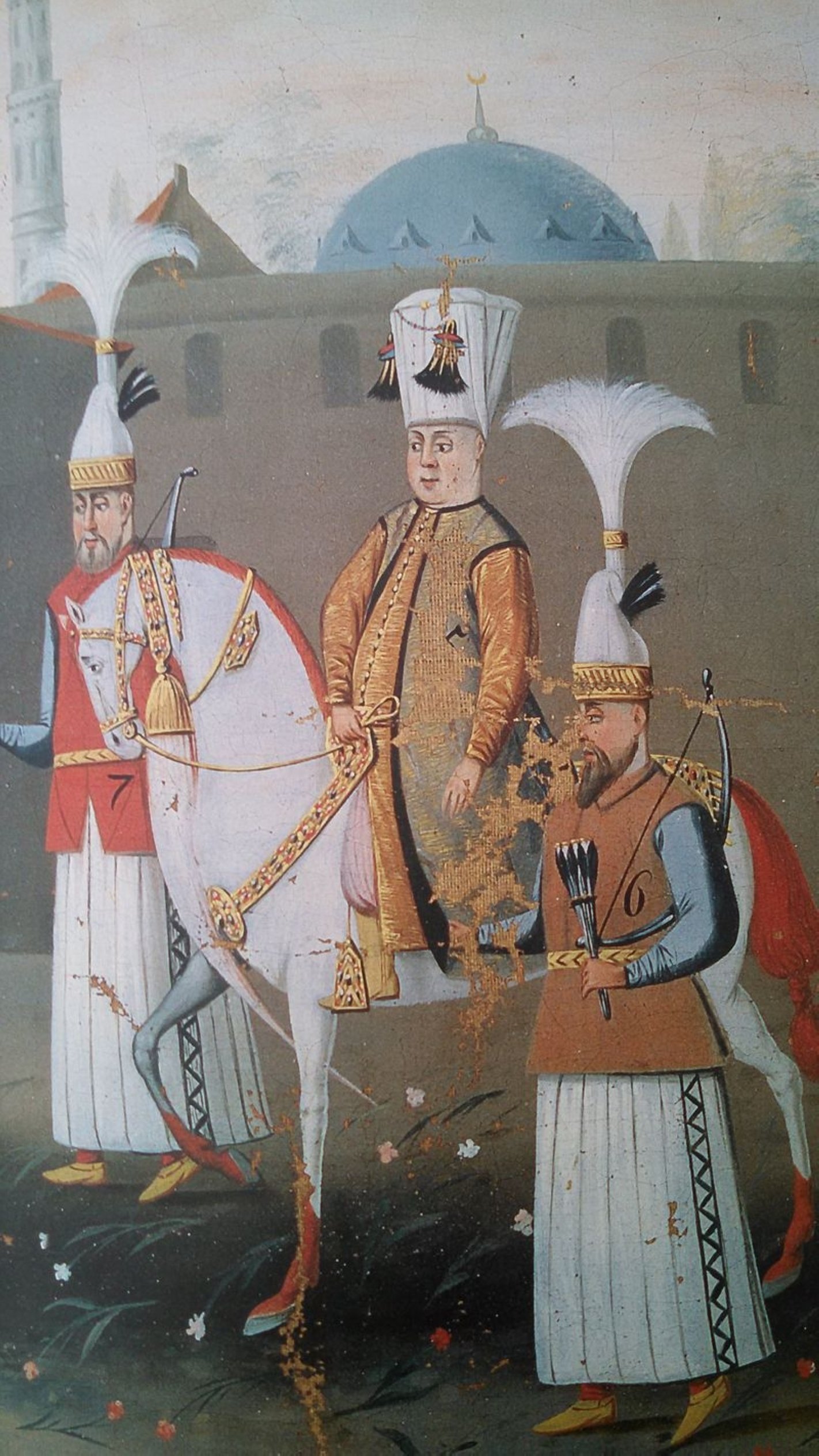
Anatolia and Istanbul were home to constant revolts and the treasury was in a dire situation. Meanwhile, the rebels raided the palace in 1651 and killed Mahpeyker Sultan, the sultan's grandmother, alleging that she had a role in political affairs. Süleyman Agha, head of the eunuchs, saved the sultan from death by hiding him.
Seeing this as an opportunity, the sultan punished the janissary officers and aghas (chiefs), who had a say in politics. Thus, the first part of the period that came to be known as the Sultanate of Aghas was closed. After that, the palace bureaucracy, called the palace aghas, had a voice in politics for a while.
The Cretan War, also known as the Fifth Ottoman-Venetian War, which had begun during Sultan Mehmed IV's father's reign, was still ongoing. The Venetian navy occupied the Aegean Islands and shut off the Dardanelles. The depreciation of the currency, which was due to the poor financial situation, caused a great revolt. The soldiers prepared a list of 30 people from the bureaucracy that they deemed responsible for this situation and killed them one by one. They hung their corpses on a tree near Sultanahmet square. This painful incident is called Vak'a-ı Vakvakiyye (the Çınar incident or "the Event of the Vakvak"). Vakvak is a giant tree whose branches or fruits become heads of men in Persian lore.
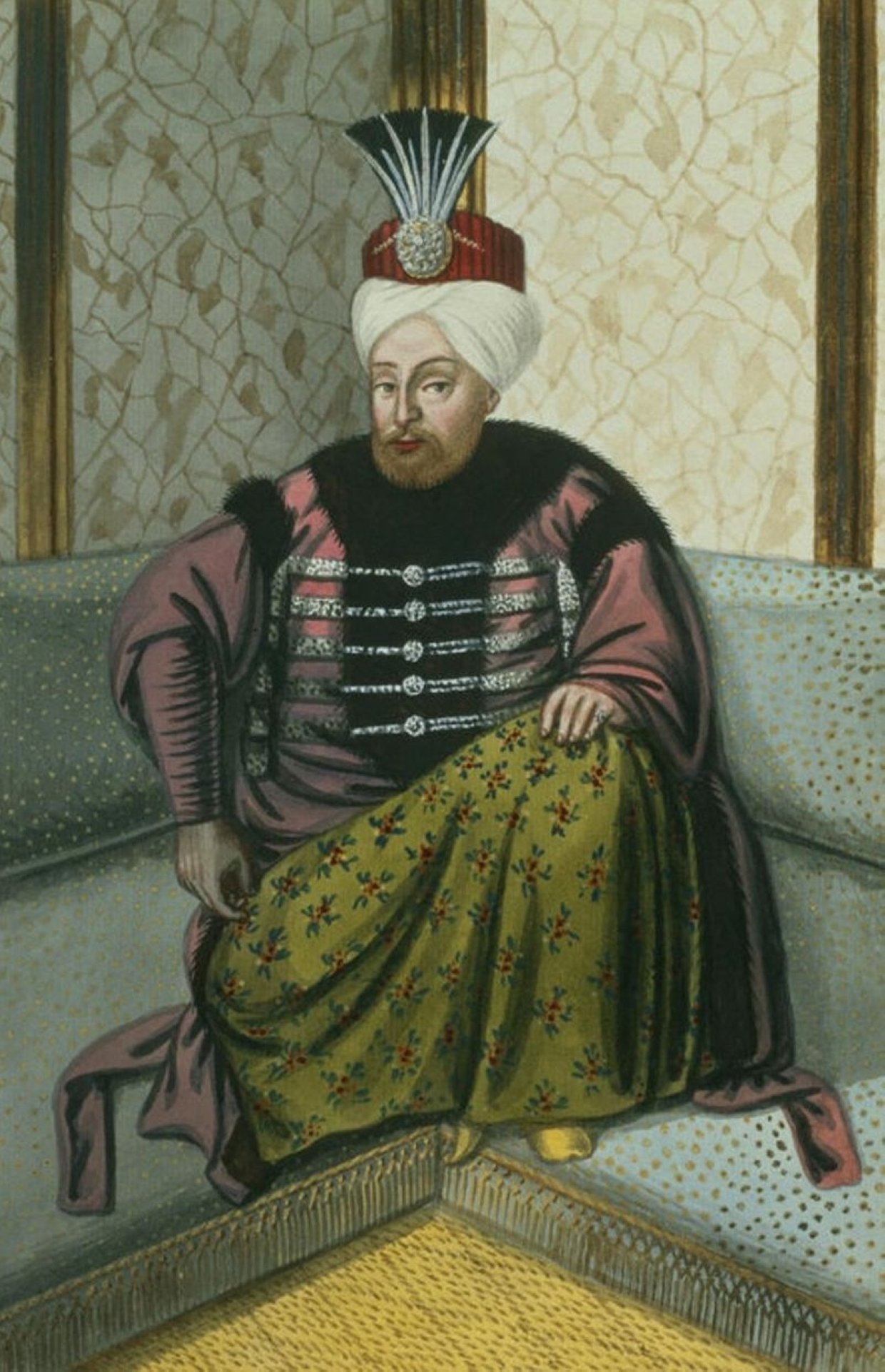
Köprülü era
In this turmoil, the grand viziers changed frequently; there were those who held this office for seven days, with some just lasting six hours. Thereupon, Köprülü Mehmed Pasha, whose name was not well-known until then, was recommended to the Valide Sultan.
The 78-year-old vizier Köprülü put forward conditions that no grand vizier had put forward until then. He said that without these conditions, he would not be able to fulfill what was expected of him. He accepted the office in 1656 when he was assured that his affairs would never be interfered with.
Thus, a bright page was turned in the Ottoman history known as the Köprülü era. Köprülü restored public order in the country with drastic measures inspired by Sultan Murad IV, whom he admired. The title of the grand vizier which was "veziriazam" in Turkish changed to "sadrazam" with Köprülü.
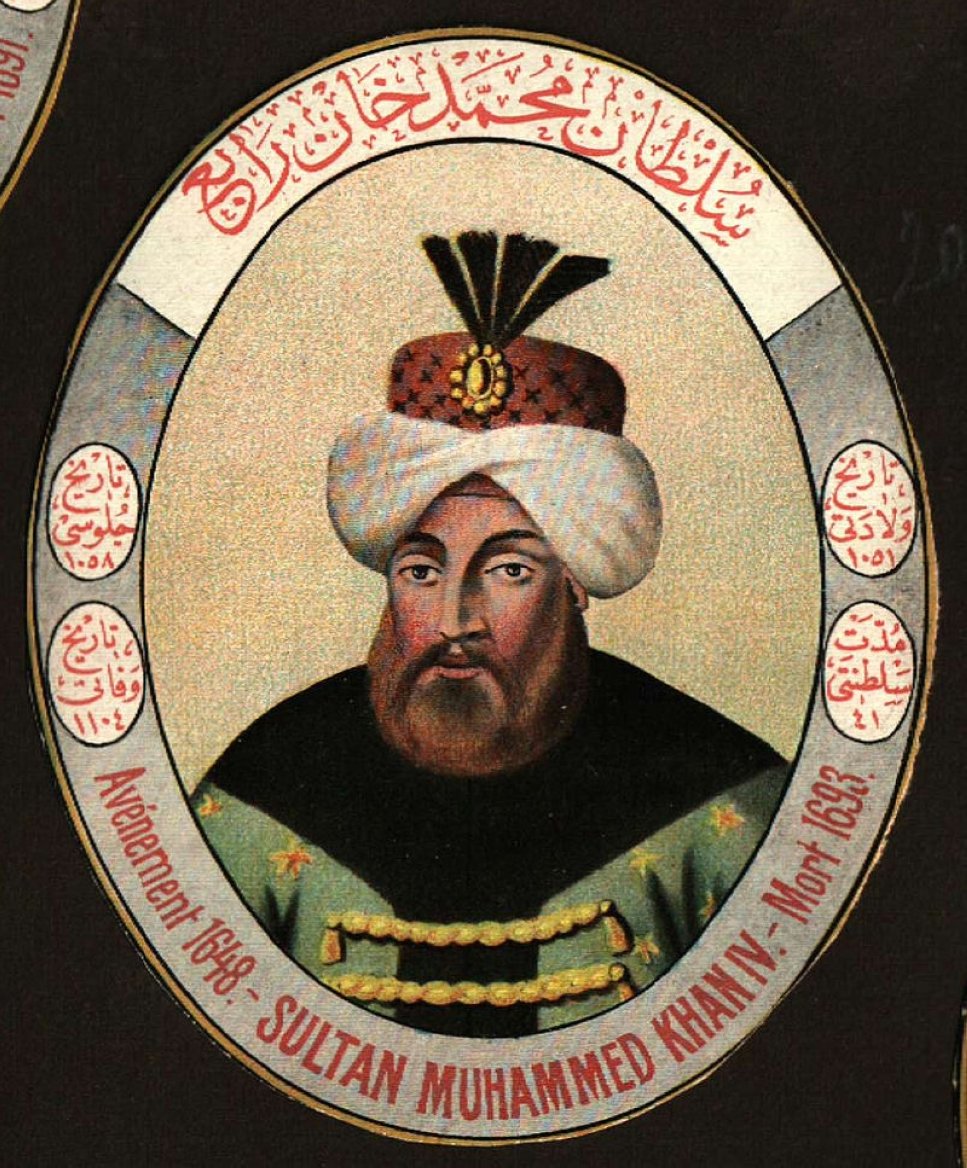
The defeated Venetians withdrew from Çanakkale and the conquest of Crete was completed during this time. Köprülü marched onto the rebellious Erdel (Transylvania) and suppressed the rebellion in 1658. Then he went to Anatolia and brought the rebels to their knees. Crimean Khan Mehmed Giray defeated the Russian army in Konotop in 1659. Thus, the Russians withdrew from Ukraine for 50 years.
Greatest borders
When Köprülü died in 1661, his 26-year-old son Fazıl Ahmed Pasha succeeded him according to his will. He was the youngest grand vizier in Ottoman history and was the second grand vizier to remain in office the longest. He was well-educated and was considered a scholar. In 1663, during the expedition to Austria, Uyvar (Ersekujvar), one of the most fortified castles in Europe, and the cities around it were recaptured. Both sides suffered heavy casualties in the Battle of Saint Gotthard. In 1664, the Treaty of Vasvar was signed, concluding the Austro-Turkish War.
The grand vizier embarked on an expedition to Crete, took Heraklion and completed the conquest of the island in 1669. He accepted the enemy commanders who had defended the city for years and conciliated them with kind words. This move, which was not part of the prevailing war traditions of the time, shows how civilized and courteous the Ottomans were. A significant part of the island population converted to Islam. This is the third-largest conversion movement in Ottoman history, after Albanians and Bosnians. A kind of autonomy was granted to Crete.
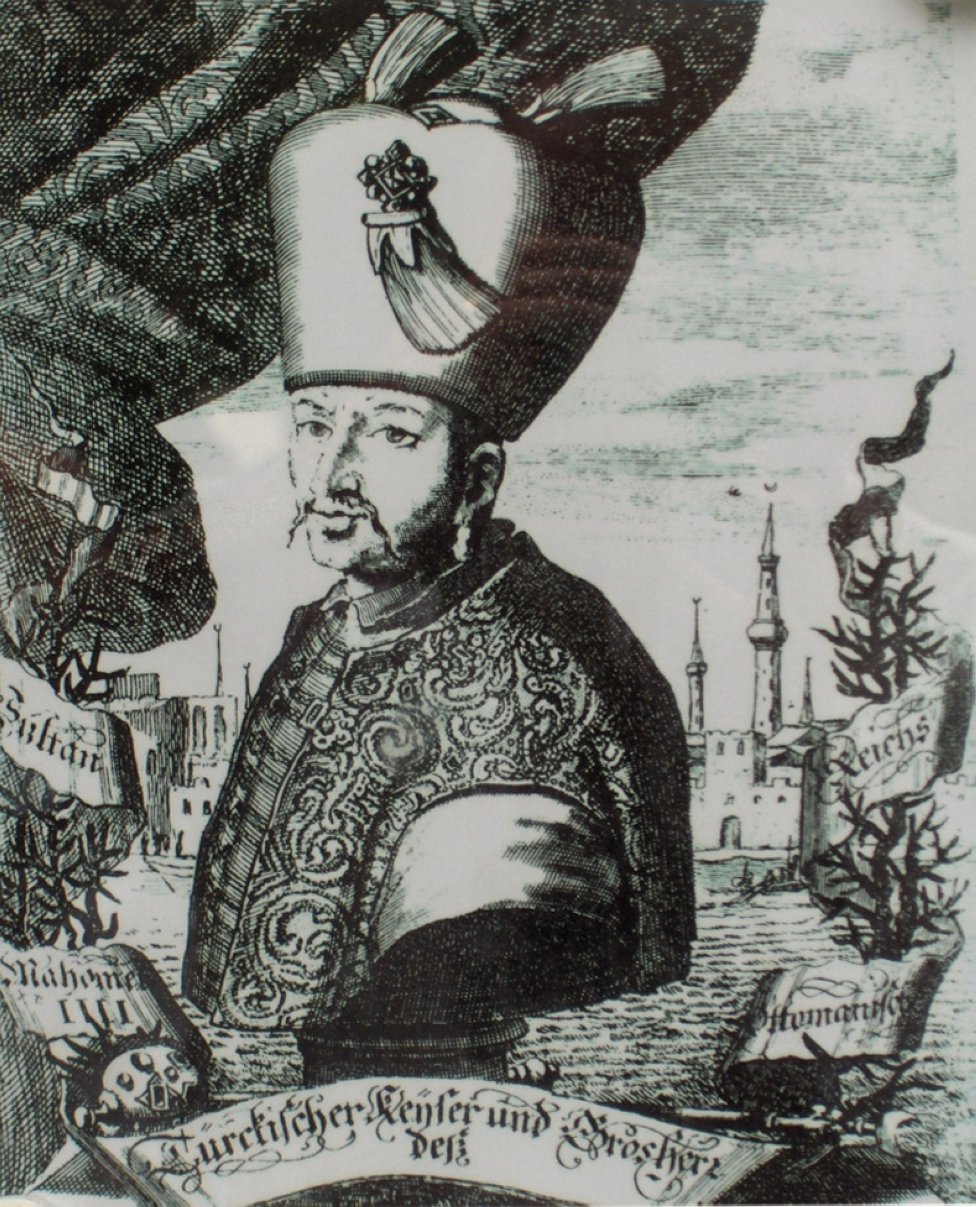
Sultan Mehmed IV and Fazıl Ahmed Pasha marched on Poland in 1672. Kaminiec, Lwow and Lublin were conquered. Thus, the Ottoman borders in Europe reached their greatest size, just 100 kilometers (62 miles) from Warsaw.
Beginning of the end
With the death of Fazıl Ahmed Pasha in 1676, his brother-in-law Kara Mustafa Pasha of Merzifon became the grand vizier. The sultan and the grand vizier went on the Russian expedition in 1678. Mustafa Pasha, who wanted to take advantage of the conflict between the Germans and the Hungarians, besieged Vienna in 1683. This was the second siege of the city after Sultan Suleiman I, commonly known as Suleiman the Magnificent.
However, the grand vizier did not inform the sultan about the siege, as he knew that he would not allow it. He did not make the necessary preparations for the siege, as he had great confidence in himself. When the city was about to fall, the fact that he did not allow the soldiers to plunder, backfired. His insulting the Crimean Khan, the commander of one of the striking branches of the army, in the war council was the last straw.
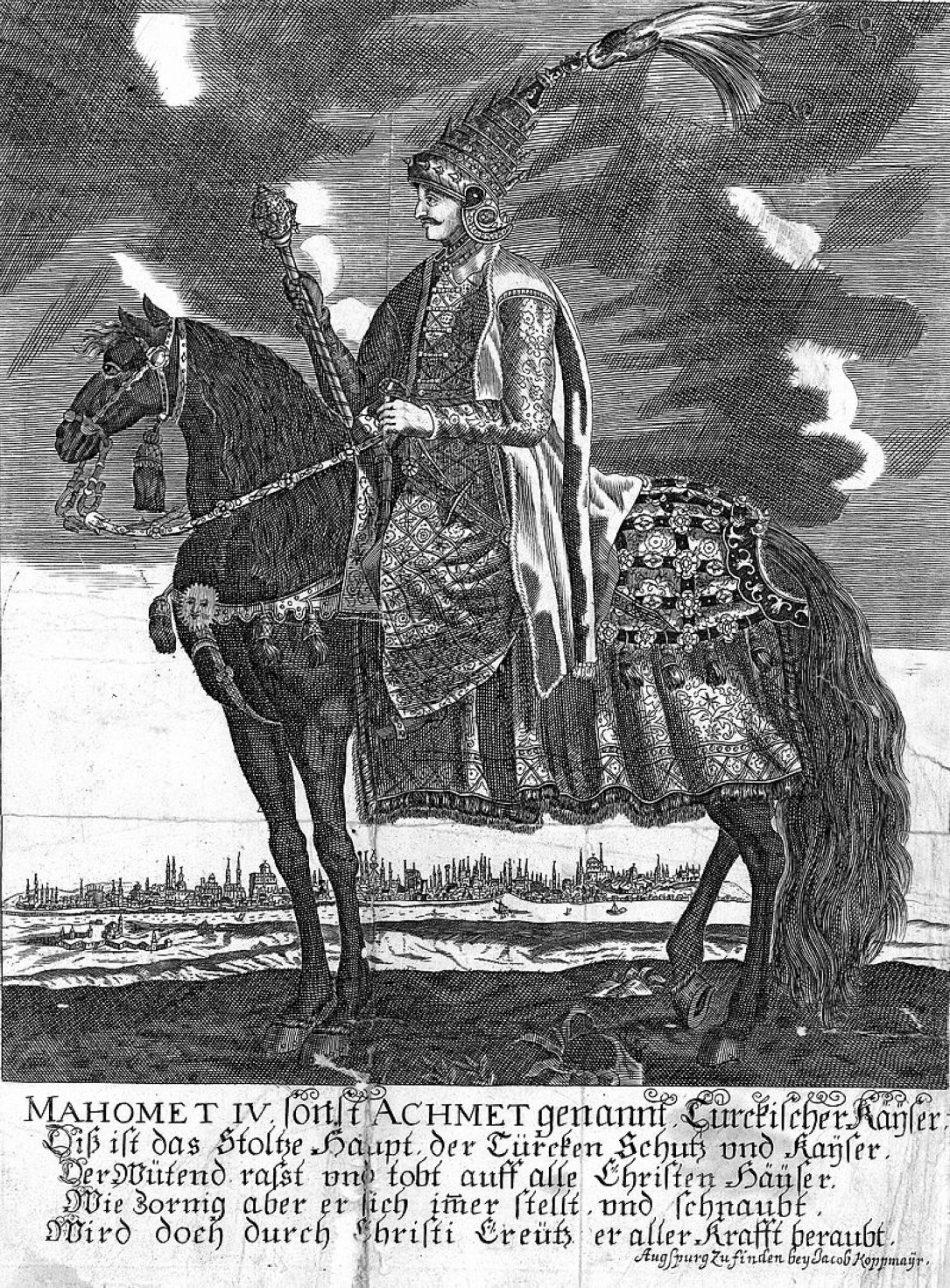
Not only did they fail to conquer Vienna but the army, which suffered a heavy defeat in Kahlenberg, began retreating in the face of the Poles, who were able to come to aid freely because the Crimean khan had withdrawn his troops. All of Europe made an alliance against the Ottomans. Hungary and the Peloponnese were occupied. Thus the wars on six fronts that would last for 16 years and would end in disaster began. The Second Siege of Vienna left a great mark on European culture.
Mustafa Pasha was executed. The soldiers wanted to dethrone the sultan and seize power by holding him responsible for the defeat. The people of Istanbul, too, were not satisfied with the fact that the sultan always chose to reside in Edirne, as he still lived subconsciously with the effects of the revolutions he saw during his childhood.
The state dignitaries, who thought it was impossible to keep the sultan on the throne, deposed him in 1687. The sultan accepted this with great fortitude. He also showed the same fortitude in the fact that he wasn't given the death sentence.
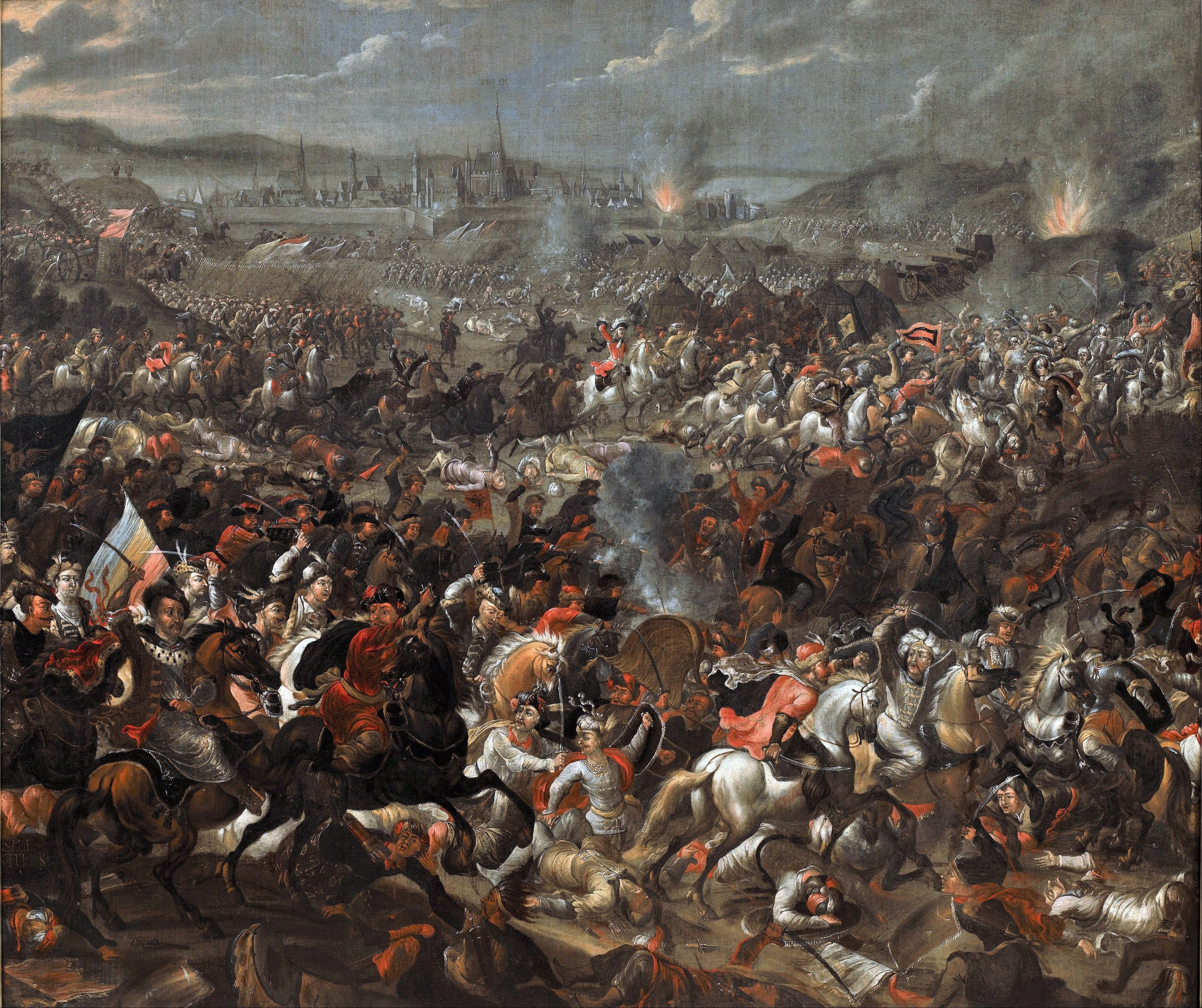
Although he had older sons, his brother Süleyman II was enthroned. The former sultan died of pneumonia at the age of 51, after living in the palace for six years. His body was buried in the tomb in the courtyard of Yeni Cami (New Mosque), which his mother had commissioned in Eminönü.
Hunting and courage
Sultan Mehmed's most obvious characteristic was his fondness for hunting. For this reason, he is known as the hunter. His fondness for this ancient Turkish sport led people to gossip about him and cost him his throne. However, this is the least harmful addiction a ruler can have. In fact, not going out hunting was seen as a flaw for the ruler since hunting was considered a kind of war rehearsal.
He was very adept at wielding weapons and riding horses. Like his uncle Sultan Murad IV, he was a sharpshooter. He was among the best in javelin throwing. He was adept at climbing mountains on foot. One winter season, he came to Edirne from Bulgaria's Yambol in 20 hours without dismounting, only the horses were changed on the way. Even his entourage could not handle it and fell sick due to exhaustion.
He was very brave. During the Cretan War, when he was in Greece in order to pass to Crete if necessary, he climbed to the summit of Mount Olympus which stands at an elevation of 2,918 meters (9,570 feet). During the climb, the horse he was riding died. As he approached the summit, he stunned his entourage by jumping with his horse between two rocks that were separated by a chasm.
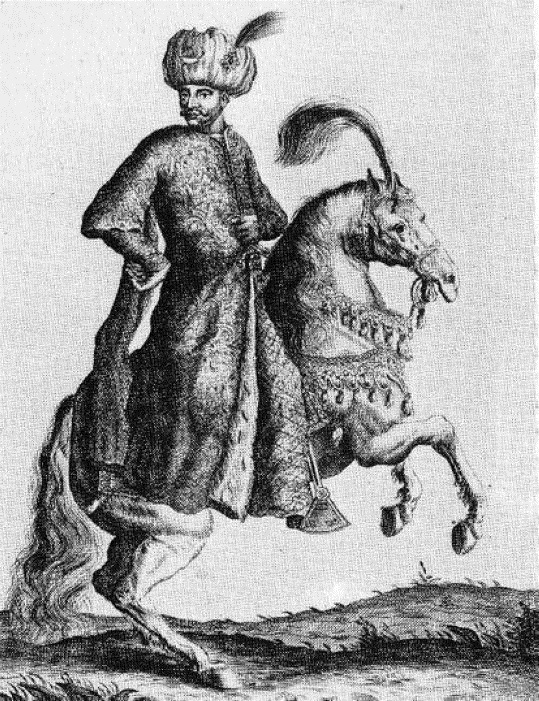
It is well-known that he was unperturbed by artillery fire and even a few cannonballs passing over his head as his ship was attacked by Venetian pirate ships between Greece's Serres and Thessaloniki, and he did not pay attention to his panicked entourage. He went on the Polish expedition himself, however, in other expeditions, he followed the campaigns from encampments at the back as the state dignitaries deemed it necessary that he stayed behind.
Democratic monarchy
He avoided involvement in state affairs, as he spent his childhood under the wise regency of his mother and his youth under the dictatorship of Köprülü. He would generally approve the proposals of the Divan (Imperial Council) and the grand vizier. He would not neglect ceremonies and protocol duties. This situation, which is similar to the democratic monarchies of today, was thought quite odd at that time.
Partly because of this, Austrian historian Joseph von Hammer-Purgstall finds the sultan weak in character. He says he was the victim of the last two incompetent grand viziers. The inexhaustible energy of the sultan was almost wasted by the inept state dignitaries.
During his time on the throne, he reigned as the greatest ruler of the world. However, the lack of a healthy foreign policy and the uneasiness of foreign states caused the state to suffer painful disasters that started with the Vienna debacle. He lifted the tobacco ban and coffee entered the palace in his reign.
He was described to be of medium height, stocky, fair with a tanned face. His body was inclined forward because he was fond of riding horses. He was the patron to the connoisseurs of science and art. However, he did not engage in poetry like his ancestors and was instead interested in history. He took lessons from Hezarfen Hüseyin Efendi, one of the most intellectual figures of the time. The "Tarih-i Gılmani" and Evliya Çelebi's "Seyahatname" was written during his time. He belonged to the Halveti order. After a dream, he went to Kilitbahir and joined Ahmed Cahidi. He had a tekke (a monastery of dervishes) commissioned for himself.
He repaired the minarets of the Masjid-i Harem in Mecca and the tawaf area was expanded. He had special heat-resistant stones laid so that the hajis' (pilgrims) feet would not burn from the heat. He had many lamps hung between Safa and Merve and had a dome built over the Zamzam well.
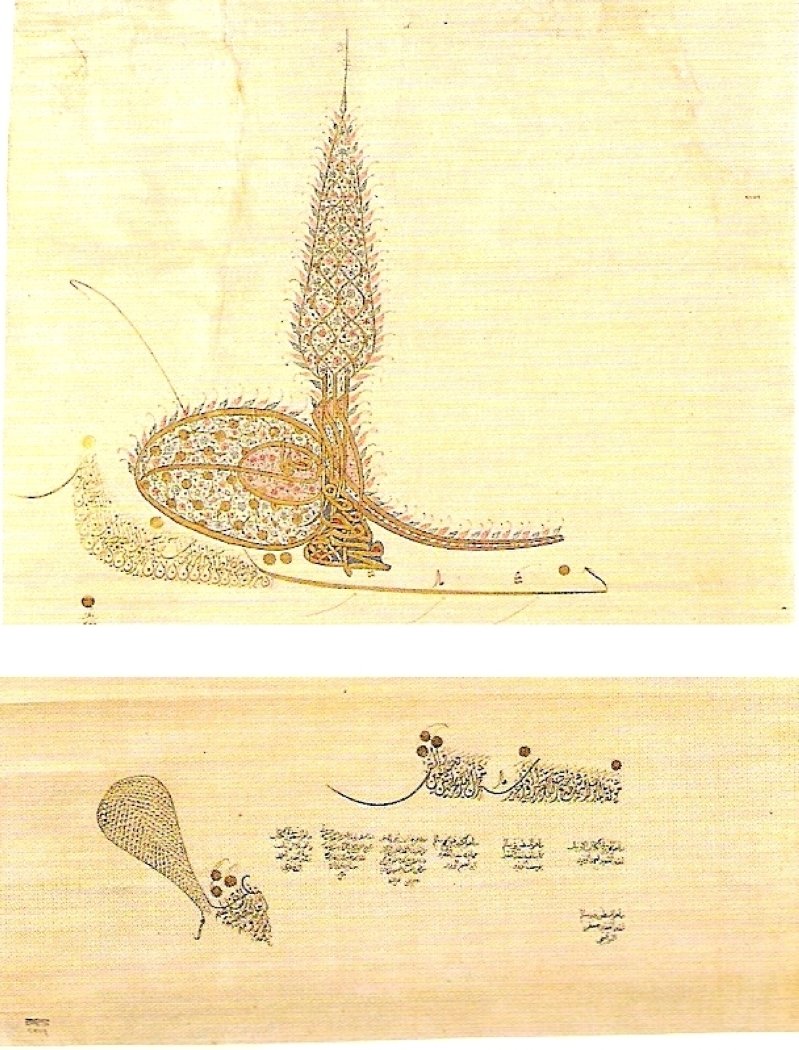
Justice and humility
He was identified as a gentle, generous, pious and just ruler. In his youth, he opposed Gürcü Mehmed Pasha's decisions of exile, and said: "I do not consent to sinless people being deprived of their liberty. Let them go to court. If they are found guilty, then they will be punished."
Rumelia Kazasker (Chief Judge) Çatalcalı Ali Efendi presided over a case between Sultan Mehmed and Üsküdarlı Mehmed Agha that arose due to a dispute over the ownership of a mansion belonging to a waqf (foundation) in Salacak, he decided in favor of Mehmed Agha and against the sultan.
Sabbatai Zevi, a Jew from Izmir, declared that he was the messiah in his time. He was tried in the Divan over his political activities and was saved after he said he had converted to Islam and changed his name to Mehmed, the name of the sultan.
The last of the extraordinary meetings called the foot councils – named as such because everyone stood up except the sultan – took place in his time on the occasion of the Abaza Hasan Pasha rebellion. During this council, when the delegation sent by the rebels referred to him as "Your servant," he said, "(perish the thought), they are not my servants. While our army is fighting the enemy, they rebel," and he boldly expelled them from his presence. Even at that dangerous moment that was likely to cost him his throne, he did not indulge the rebels.
When the state officials complained about the poor state of the treasury, he said that their lives were in contradiction with this; he told them that they should be an example to everyone in living an economically prudent life. He was very interested in the affairs of the people, so much so that he had asked the grand vizier during a Divan meeting as to why there was no meat at the market even though an okka (1,282.8 grams) of meat was 8 akçe (Ottoman silver coins).
He himself did not like extravagance and was not interested in the harem life. He had two sons, both of whom ascended the throne one after the other, from only one woman, his wife of Cretan descent, Emetullah Rabia Gülnuş. He would take his two sons, whom he loved very much and cared for, together with him on expeditions.
He was sensitive and his feelings for the empire were very strong. He was unable to read the grand vizier's letter about the conquest of Heraklion as he burst into tears of joy. He was very kind and compassionate. In a ceremony, an elephant had dragged its rider, and the sultan, who witnessed this, could not contain his grief and hold back his tears. He was more upset with the defeats toward the end of his reign than losing his throne.
Önceki Yazılar
-
THE OTTOMAN DYNASTY AND QURAYSH9.07.2025
-
"WOE TO THE ENEMIES OF THE REVOLUTION!" What Was The People’s Reaction To The Kemalist Revolutions?2.07.2025
-
DEATH IS CERTAIN, INHERITANCE IS LAWFUL!25.06.2025
-
THE SECRET OF THE OTTOMAN COAT OF ARMS18.06.2025
-
OMAR KHAYYAM: A POET OF WINE OR THE PRIDE OF SCIENCE?11.06.2025
-
CRYPTO JEWS IN TURKEY4.06.2025
-
A FALSE MESSIAH IN ANATOLIA28.05.2025
-
WAS SHAH ISMAIL A TURK?21.05.2025
-
THE COMMON PASSWORD OF MUSLIMS14.05.2025
-
WERE THE OTTOMANS ILLITERATE?7.05.2025